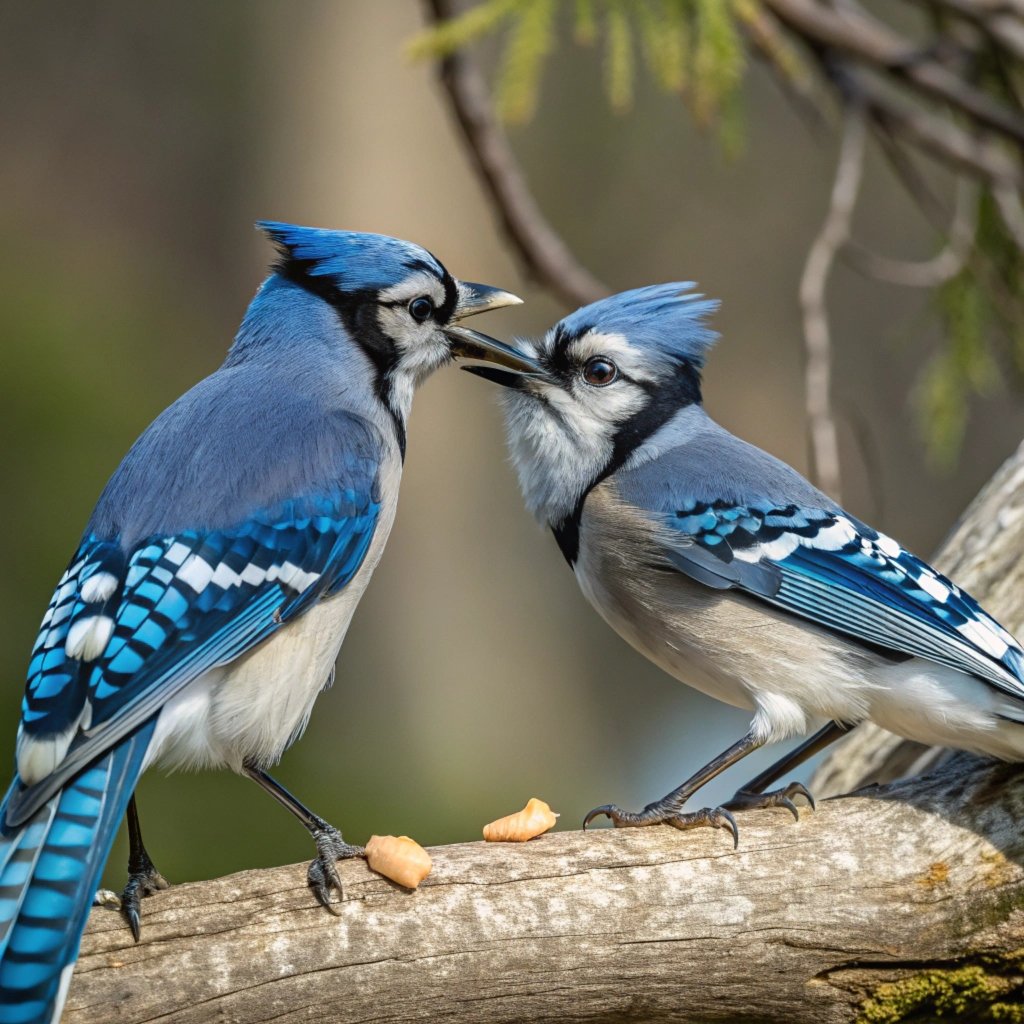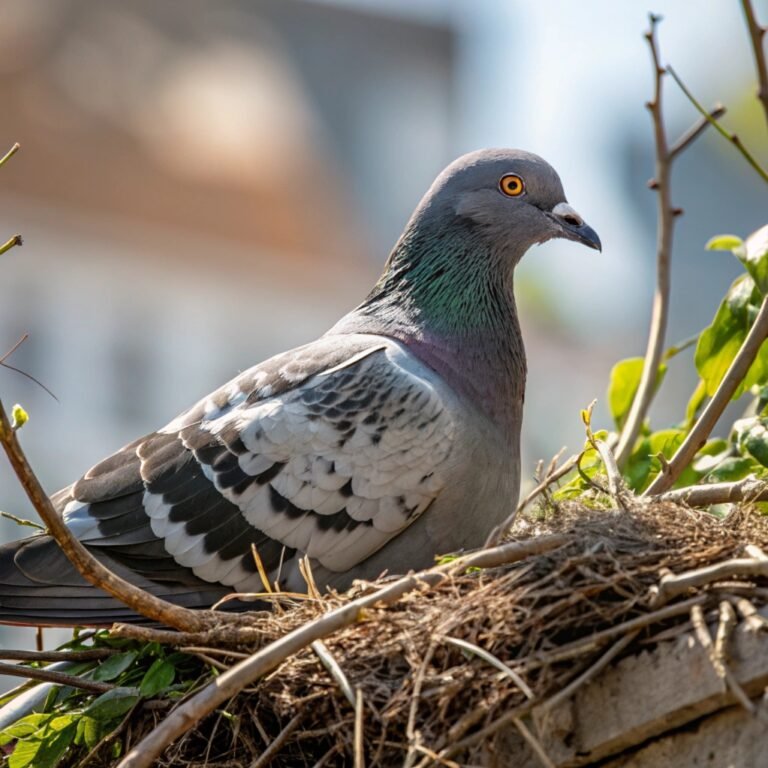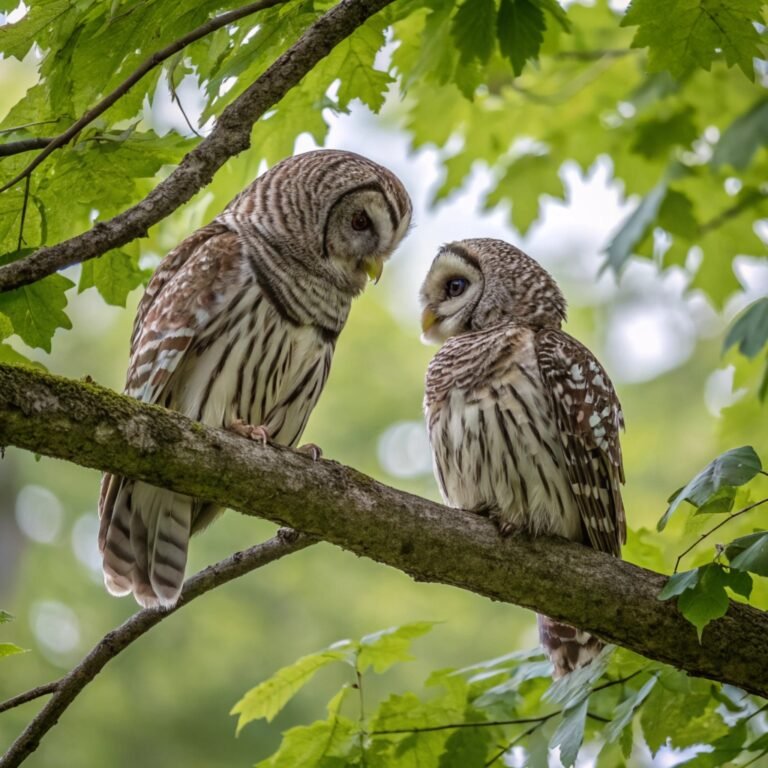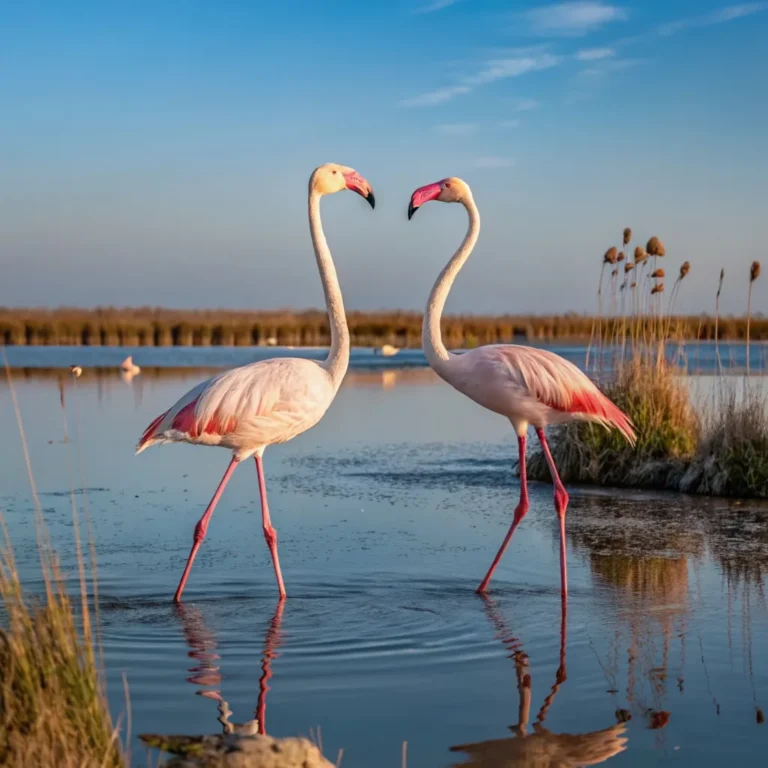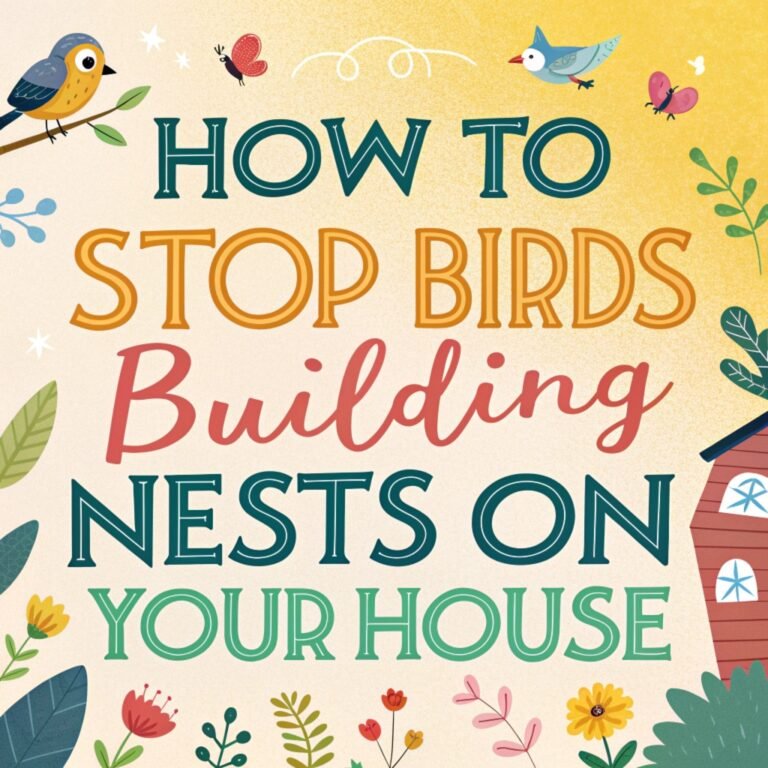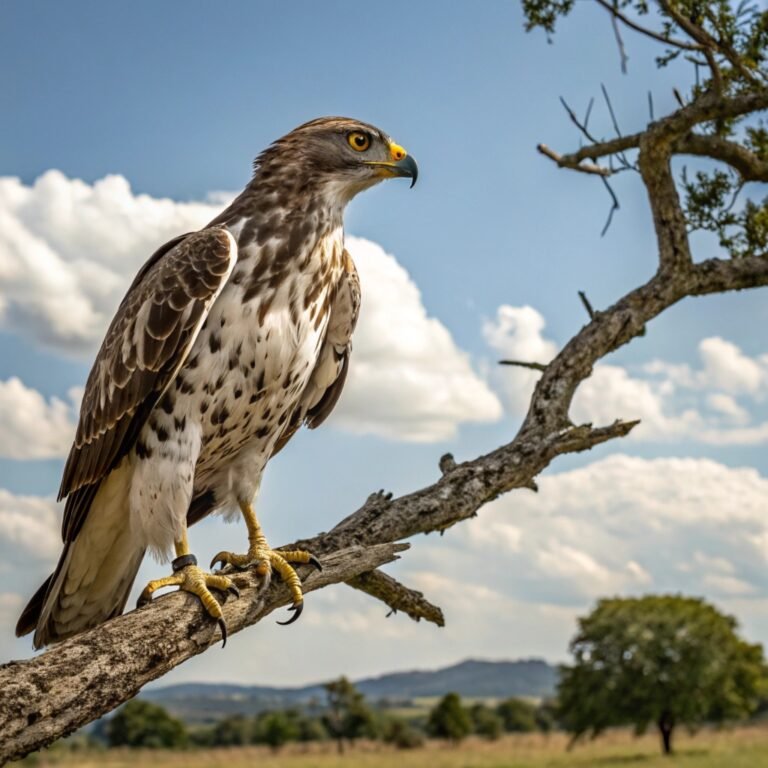How Do Birds Mate? A Comprehensive Guide to Bird Mating Behaviors and Rituals
Birds are remarkable creatures with unique mate behaviors that differ significantly from mammals.
Their reproduction process involves various factors and steps, making it a fascinating subject to explore.
This comprehensive guide will delve into the intricacies of bird mating, from courtship rituals to the actual act of reproduction and beyond.
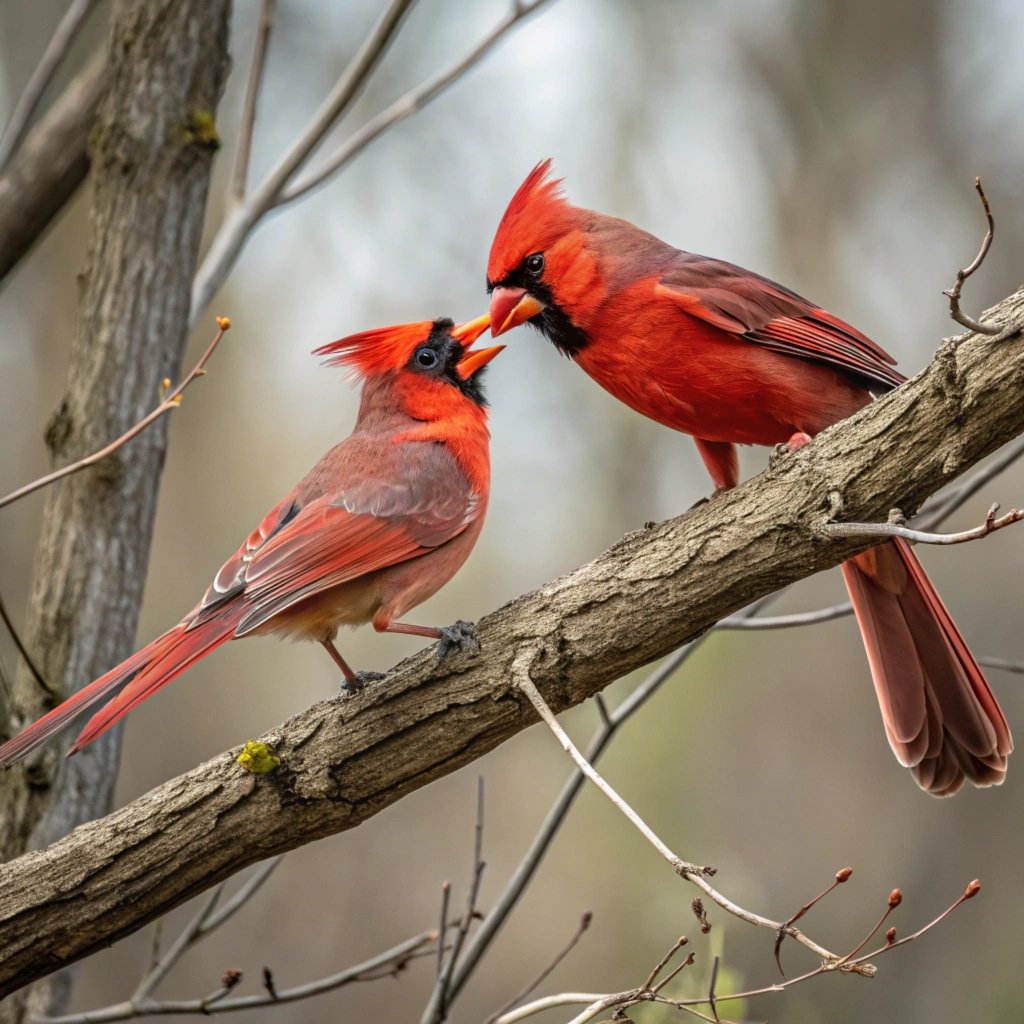
Key Takeaways:
- Courtship rituals are crucial in attracting and selecting mates
- Birds use a cloacal kiss for sperm transfer, unlike mammalian reproduction
- Many bird species are monogamous, but some engage in polygamous behaviors
- Spring is the primary breeding season for most birds
- Mating displays can include dances, songs, and gift-giving
- Nest building often plays a role in courtship and pair bonding
- Evolutionary factors drive the development of mating behaviors
- Sperm storage allows females to delay fertilization until conditions are optimal
- Parental care varies among species, influencing mating strategies
- Environmental factors can affect mating success and timing
The Intricacies of Avian Courtship Rituals
Courtship rituals are the foundation of bird mating behaviors. These elaborate displays serve multiple purposes, including attracting potential mates, demonstrating fitness, and establishing pair bonds.
Different bird species have evolved unique courtship behaviors that can be both visually stunning and aurally captivating.
Mutual preening is a common courtship behavior where birds groom each other’s feathers. This act not only helps maintain plumage but also strengthens the bond between potential mates.
Dancing and displaying are other prominent rituals, with some species performing intricate choreographies to impress their partners.
Many birds engage in food delivery as part of their courtship. Males may bring choice morsels to females, demonstrating their ability to provide for future offspring.
Singing and serenading are perhaps the most well-known courtship behaviors, with males using their melodious voices to attract females and defend territories.
The Cloacal Kiss: The Unique Mating Technique of Birds

Unlike mammals, birds have a distinct reproductive anatomy that influences their mating process.
Most birds possess a single opening called the cloaca or avian vent, which serves multiple functions, including waste elimination and reproduction. This unique feature leads to a mating technique known as the cloacal kiss.
During the mating act, the male bird mounts the female from behind, balancing on her back. The female then arches her back and moves her tail to the side, exposing her cloaca.
The male brings his cloaca into brief contact with the female’s, allowing for the transfer of sperm.
This process may seem quick and simple, but it requires precise coordination and balance from both partners. Multiple cloacal kisses may occur during a single mating session to increase the chances of successful fertilization.
Monogamy vs. Polygamy in the Avian World
Bird mating systems vary widely across species, ranging from strict monogamy to various forms of polygamy.
Many well-known bird species, such as swans, bald eagles, Atlantic puffins, and lovebirds, are known to mate for life.
These monogamous pairs often reunite year after year, strengthening their bond and improving their chances of successful reproduction.
However, not all birds follow this pattern. Some species are socially monogamous but may engage in extra-pair copulations during the breeding season.
This behavior can lead to broods with chicks fathered by different males, increasing genetic diversity within the population.
Polygyny, where one male mates with multiple females, is observed in some bird species. This system often involves males competing for territories or resources that attract females.
Conversely, polyandry, where one female mates with multiple males, is less common but does occur in some species, particularly among shorebirds.
The Timing of Bird Breeding: Seasonal Patterns and Environmental Cues

Most birds have a specific breeding season, typically coinciding with favorable environmental conditions for raising offspring.
In temperate regions, spring is the primary breeding season, usually occurring between March 20 and June 20. This period is often referred to as “nesting season”.
During this time, many migratory birds return from their wintering grounds, ready to begin the mating process.
The lengthening days and increasing temperatures serve as environmental cues, triggering hormonal changes that prepare birds for breeding.
Interestingly, female birds have the ability to store sperm from their mates for extended periods.
This adaptation allows them to delay fertilization until conditions are optimal for egg-laying and chick-rearing. Such flexibility in timing can be crucial for species that face unpredictable environmental conditions.
Aerial Acrobatics: Courtship in the Skies
Some bird species take their courtship rituals to new heights, quite literally, by engaging in spectacular aerial displays.
These airborne performances not only serve to attract mates but also demonstrate the bird’s strength, agility, and overall fitness.
The red-crowned crane is renowned for its elegant aerial dance, which involves synchronized movements, leaps, and calls performed in unison with a potential mate.
This intricate display requires immense coordination and energy, serving as a clear indicator of the bird’s health and genetic quality.
Other species, like various raptors, perform death-defying dives and mid-air food transfers as part of their courtship. These risky maneuvers showcase the bird’s hunting prowess and ability to provide for future offspring, making them highly attractive to potential mates.
The Art of Gift-Giving in Avian Courtship
In the bird world, gift-giving is more than just a romantic gesture; it’s a crucial part of the courtship process for many species.
Male birds often present potential mates with carefully selected items, ranging from twigs and feathers to small prey or even colorful objects.
This behavior serves multiple purposes. Firstly, it demonstrates the male’s ability to gather resources, an important factor in assessing his potential as a mate and future parent.
Secondly, the act of gift-giving can help strengthen the pair bond between the male and female.
Some species take this practice to extraordinary levels. The bowerbird, for instance, collects and arranges colorful objects to decorate its bower, creating an elaborate display to attract females. The quality and arrangement of these “gifts” play a significant role in the female’s mate choice.
Nest Building as a Courtship Ritual
For many bird species, nest building is not just a practical necessity but an integral part of the courtship process. The act of constructing a nest together allows potential mates to assess each other’s skills, commitment, and compatibility.
During nest building, birds often engage in synchronized behaviors, working together to gather materials and construct the nest.
This cooperation serves as a form of bonding and can help strengthen the pair’s relationship before the demanding task of raising offspring.
Some species, like the weaver birds, take nest building to impressive levels of craftsmanship. Males construct intricate, woven nests to attract females, who inspect the structures carefully before deciding whether to accept the male as a mate.
The quality of the nest can directly influence a female’s choice, making nest-building skills a crucial factor in reproductive success.
The Role of Song in Bird Courtship
Bird songs are not just pleasant melodies for human ears; they play a vital role in avian courtship. Many bird species use complex vocalizations to attract mates, defend territories, and communicate with potential partners.
Male birds often have more elaborate songs than females, using their vocal prowess to advertise their fitness and genetic quality.
The complexity, duration, and variety of a male’s song can indicate his overall health and cognitive abilities, making it an important factor in female mate choice.
Some species, like the lyrebird, are capable of mimicking a wide range of sounds, incorporating them into their courtship songs.
This ability not only demonstrates the bird’s learning capacity but also adds an element of uniqueness to their courtship display.
The Influence of Plumage in Mate Selection
Colorful and elaborate plumage plays a significant role in the mating rituals of many bird species.
Bright colors, intricate patterns, and ornamental feathers can serve as visual signals of a bird’s health, genetic quality, and overall fitness.
In many species, males sport more vibrant or elaborate plumage than females, a phenomenon known as sexual dimorphism.
This difference is often driven by female choice, where females prefer males with the most striking or colorful feathers.
The peacock is perhaps the most famous example of elaborate male plumage used in courtship.
The male’s long, iridescent tail feathers are used in impressive displays to attract females. The quality and symmetry of these feathers can indicate the male’s overall health and genetic fitness.
Mating Dances: Choreography in Nature
Bird mating dances are some of the most captivating displays in the animal kingdom. These intricate performances serve multiple purposes in the courtship process, including attracting mates, assessing partner quality, and strengthening pair bonds.
The complexity and energy required for these dances make them excellent indicators of a bird’s fitness.
Coordinated movements, often synchronized between partners, demonstrate physical prowess and the ability to work together – crucial skills for successful breeding and chick-rearing.
For example, the blue-footed booby performs a high-stepping dance that prominently displays its bright blue feet.
The intensity of the foot color, which is influenced by the bird’s diet and overall health, plays a crucial role in mate selection.
The Process of Fertilization in Birds
Once a pair has successfully completed their courtship rituals and mating has occurred, the process of fertilization begins.
Unlike mammals, where fertilization occurs internally and leads to live birth, bird reproduction involves the laying and incubation of eggs.
After the cloacal kiss, sperm from the male travels up the female’s oviduct, where it may encounter an egg cell.
Fertilization occurs in the upper part of the oviduct, after which the egg begins its journey down the oviduct, being encased in albumen (egg white) and finally a hard shell before being laid.
Interestingly, female birds can store sperm in specialized structures called sperm storage tubules.
This adaptation allows them to lay fertile eggs for days or even weeks after mating, ensuring that all eggs in a clutch can be fertilized even if the male is not present for repeated matings.
Parental Care and Its Impact on Mating Strategies
The level and type of parental care required for offspring can significantly influence a bird species’ mating strategy.
Species with high parental care demands often exhibit monogamous mating systems, as raising chicks successfully requires the efforts of both parents.
In contrast, species where chicks are more independent at birth may be more likely to exhibit polygamous mating systems.
In these cases, one parent (often the female) may be capable of raising the chicks alone, allowing the other parent to seek additional mating opportunities.
The emperor penguin provides an extreme example of parental care influencing mating strategy. Males incubate the single egg on their feet for months in harsh Antarctic conditions while the female returns to sea to feed.
This intense level of paternal care necessitates a monogamous mating system to ensure reproductive success.
Environmental Factors Affecting Bird Mating
Various environmental factors can significantly impact bird mating behaviors and success. Climate, food availability, habitat quality, and even human activities can all play a role in shaping avian reproductive strategies.
Climate change is increasingly affecting bird mating patterns. Shifts in temperature and precipitation can alter the timing of breeding seasons, potentially leading to mismatches between peak food availability and chick-rearing periods.
Habitat loss and fragmentation due to human activities can limit the availability of suitable nesting sites and resources, affecting birds’ ability to attract mates and successfully raise offspring.
Conservation efforts that protect and restore habitats are crucial for maintaining healthy bird populations and their mating behaviors.
The Evolutionary Significance of Bird Mating Behaviors
Bird mating behaviors are not just fascinating to observe; they play a crucial role in evolution.
These behaviors have been shaped over millions of years by natural and sexual selection, resulting in the diverse array of courtship rituals and mating systems we see today.
Sexual selection, in particular, has driven the evolution of many extravagant features and behaviors in birds.
Traits that increase an individual’s chances of mating success, even if they might seem impractical or even detrimental to survival, can be favored by evolution if they lead to greater reproductive output.
Understanding the evolutionary drivers behind bird mating behaviors can provide valuable insights into broader ecological and evolutionary processes.
It can also inform conservation efforts, helping to ensure that the conditions necessary for these behaviors to continue are maintained in our changing world.
Frequently Asked Questions
How long does the mating process take for birds?
The actual mating act in birds, known as the cloacal kiss, is typically very brief, often lasting only a few seconds. However, the entire courtship process, including displays, songs, and nest-building, can last anywhere from a few days to several weeks, depending on the species.
Do all birds lay eggs after mating?
While most birds lay eggs after mating, not all mating attempts result in egg-laying. Factors such as the female’s reproductive readiness, environmental conditions, and the success of fertilization can all influence whether eggs are produced following mating.
Can different bird species mate with each other?
While it’s rare, some closely related bird species can hybridize. However, these hybrids are often sterile or less fit than their parent species. In general, birds have strong species recognition mechanisms that prevent interspecies mating.
How do birds choose their mates?
Birds choose mates based on various factors, including physical appearance, song quality, dance performance, nest-building skills, and territory quality. Females often play a crucial role in mate selection, assessing potential partners based on these criteria.
Do birds mate for life?
Some bird species, like swans and albatrosses, do mate for life. However, this is not true for all birds. Many species form new pair bonds each breeding season, while others may have multiple mates within a single season.

Hello, I’m Emily Price, the founder of Birds Affection. As a passionate bird enthusiast and spiritual seeker, I’ve always been fascinated by the symbolic meanings and mystical connections between birds and our lives. On this website, I share my knowledge and insights on the spiritual significance of various bird species, exploring their roles as messengers, guides, and teachers. Through my writing, I aim to inspire and educate others on the profound wisdom and beauty that birds bring to our world. Join me on this journey as we delve into the enchanting realm of bird symbolism and discover the hidden meanings behind these magnificent creatures.

